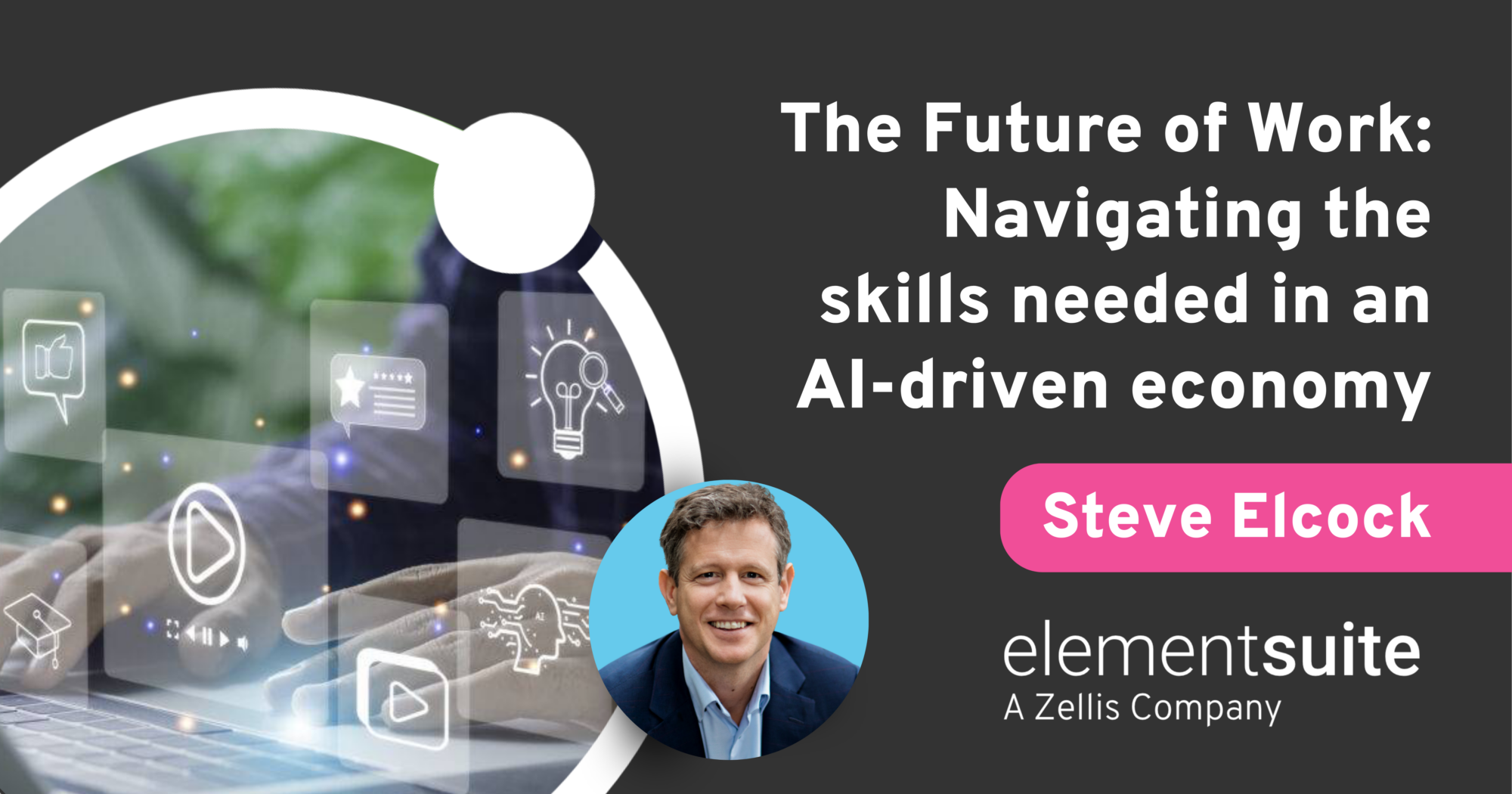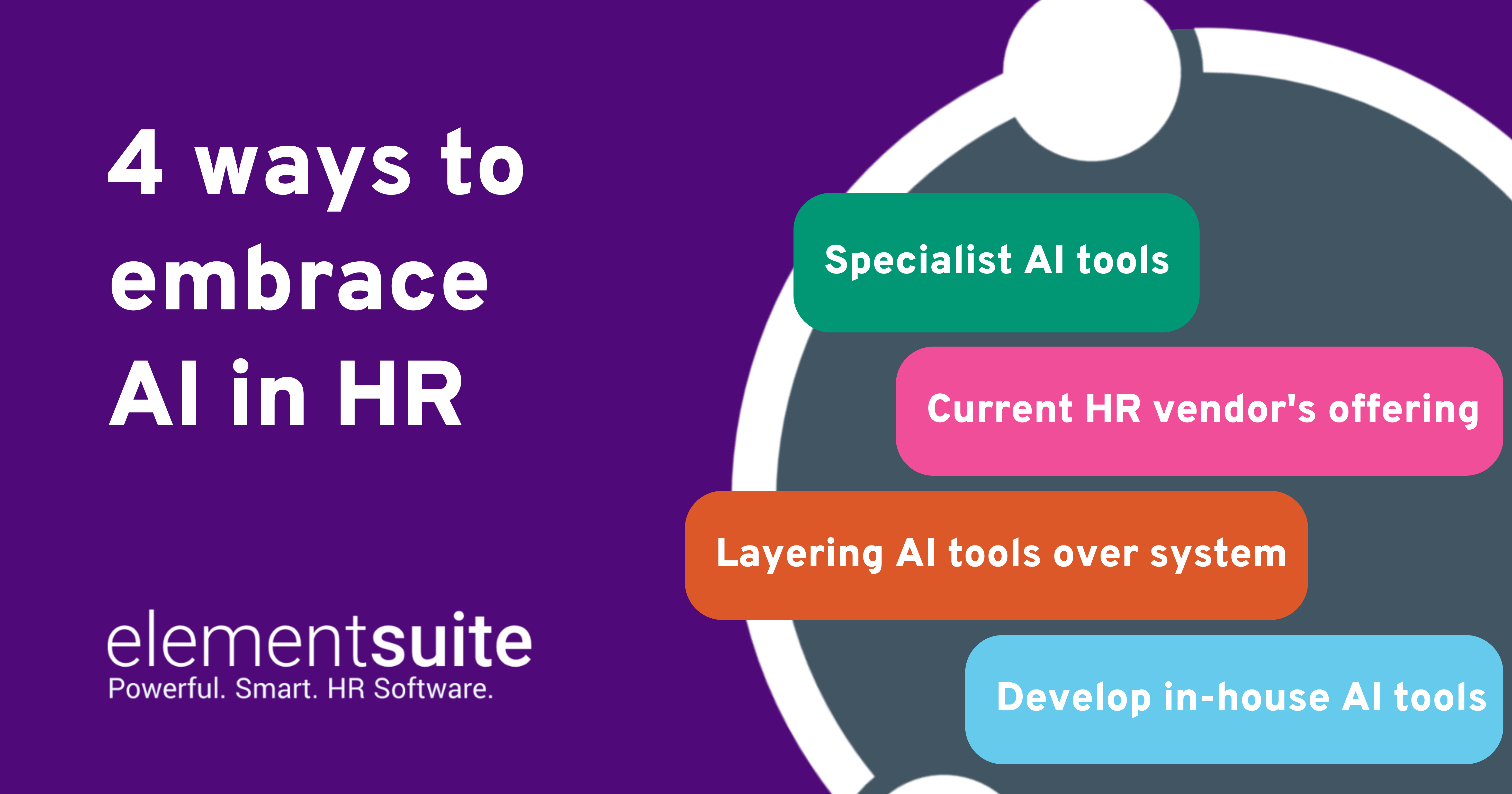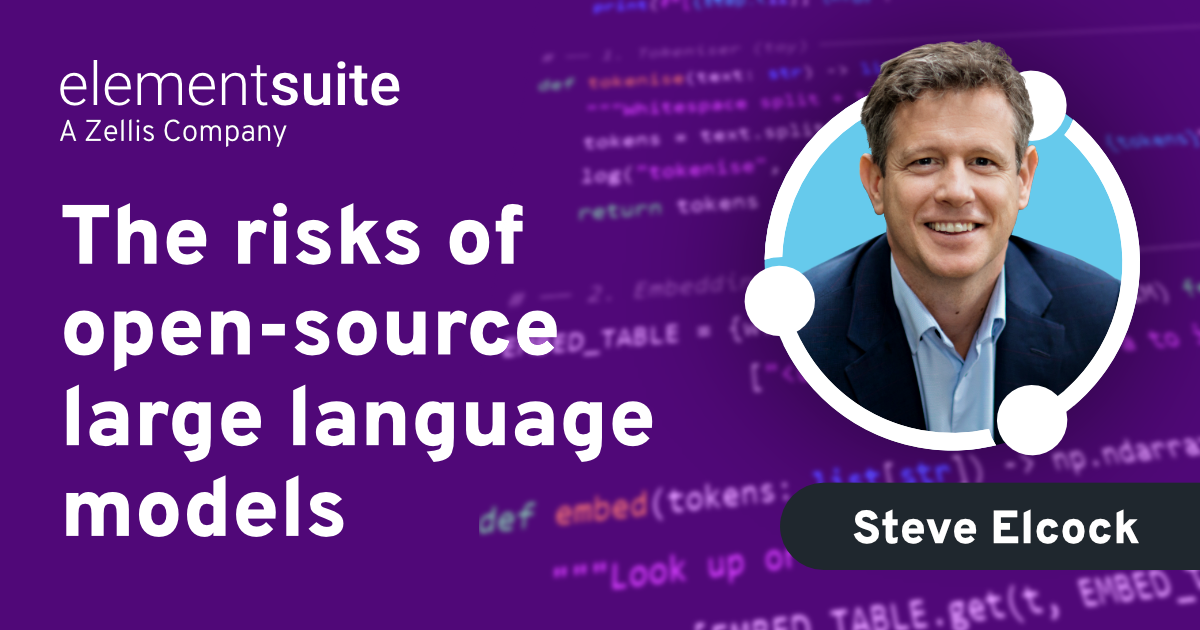AI has firmly, and quickly, embedded itself in the fabric of modern industry, reshaping businesses at a pace few anticipated. Yet, as AI capabilities accelerate, so too do the challenges of workforce adaptation. Business leaders, particularly in HR and technology, are grappling with a fundamental question: How do organisations ensure they remain agile in the face of rapid technological disruption?
Defining the skillsets for an AI-driven economy: An overview
AI is reshaping the workforce in ways that require leadership at every level to adapt. Effective workforce planning depends on understanding how AI influences decision-making, operations, and strategic direction.
Chief People Officers and HR leaders must ensure AI enhances their people processes while maintaining ethical and legal integrity. AI tools like ELLA by elementsuite are already driving streamlined data-led decision-making in hiring, skills development, employee engagement, and more. But leading AI adoption responsibly means fostering a culture of adaptability and ensuring that employees understand how AI impacts their roles.
CIOs and CTOs must oversee the integration of AI into business processes with a focus on security, governance, and accountability. AI’s role in decision-making means that data integrity, bias mitigation, and compliance must be prioritised. Technology leaders play a critical role in ensuring AI systems are reliable, objective, and seamlessly embedded into operations. The ability to scale AI effectively depends on strong governance frameworks and collaboration with HR and compliance teams.
For operational leaders and frontline managers, AI adoption should improve efficiency and decision-making. AI tools like ELLA are already automating scheduling and workforce planning. But the success of this depends on how well it is embedded into workflows and how effectively employees use it. AI should be positioned as a tool that enhances human capability, equipping teams with the skills to interpret AI recommendations and make informed decisions.
AI adoption is a business transformation that requires alignment across leadership roles. Organisations that embed AI into strategic planning, workforce development, and governance will be best placed to drive innovation while managing risk.
As roles evolve and decision-making becomes increasingly data-driven, organisations must prioritise three interconnected areas: building AI fluency across the workforce, embedding continuous reskilling into business strategy, and enabling collaboration across functional boundaries.
HR and people leaders: Strategic interpretation and workforce realignment
Chief People Officers and workforce strategists now operate at the nexus of technological advancement and organisational change. As AI systems begin to influence everything from hiring algorithms to engagement analytics, the remit of HR increases. It encompasses the stewardship of ethical decision-making within AI functionality, long-term workforce resilience, and the redefinition of organisational capability.
Tools such as ELLA by elementsuite offer granular insight into skills gaps, hiring trends, and performance patterns. Yet the real value lies not in the automation itself, but in HR’s ability to translate these insights into coherent, legally compliant, and forward-looking strategies. This includes evaluating algorithmic outputs for potential bias, embedding transparent practices into AI-led assessments, and ensuring adherence to employment and data protection legislation.
Critically, HR leaders are now charged with guiding cultural adaptation. AI adoption inevitably affects employee experience, expectations, and trust. Building confidence in AI-enhanced systems requires transparency around where and how AI is used, and a clear articulation of how it supports, rather than replaces, human capability. This cultural shift must be accompanied by carefully structured reskilling pathways, tailored to evolving roles and grounded in operational realities.
Technology leadership: Operationalising AI governance and enterprise accountability
The role of technology leaders has evolved from systems integration to enterprise-wide AI governance. As AI capabilities expand, so too do the risks associated with model opacity, data provenance, and unintended systemic bias. The imperative is no longer just to deploy AI technologies, but to operationalise ethical and regulatory standards at scale.
This demands fluency in both technical architecture and institutional accountability. Effective AI oversight begins with the integrity of the data lifecycle – how training data is sourced, labelled, validated, and continuously monitored. It extends to ensuring that AI outputs are explainable, auditable, and traceable, especially when influencing high-stakes decisions in domains such as recruitment, performance evaluation, or financial planning.
Technology leaders must also work beyond their functional boundaries. AI does not operate in isolation; it intersects with legal, compliance, and HR systems in ways that require ongoing coordination. Building enterprise-wide AI fluency means engaging cross-functional teams in governance design and implementation and establishing feedback mechanisms that enable iterative model improvement while safeguarding against risk. The ability to scale AI responsibly will be determined by how well technical execution is embedded within organisational values and control structures.
Operational and frontline management: Workflow integration and task reconfiguration
For frontline managers and employees, AI is most visible in its ability to automate routine processes. However, successful adoption hinges on more than automation efficiency; it requires the reconfiguration of roles and the elevation of human judgement where algorithmic recommendations fall short.
The strategic task for operational leaders is twofold: to embed AI tools seamlessly into existing workflows and to support the development of employee competencies that complement rather than compete with AI. This includes training staff to interpret AI outputs, flag anomalies, and apply domain-specific reasoning in cases where human oversight remains essential.
Given the uneven distribution of digital familiarity across frontline workforces, reskilling strategies must reflect differing baseline capabilities. Traditional one-size-fits-all training models are insufficient. Instead, organisations must invest in adaptive, context-aware learning interventions that are both technically accessible and operationally relevant. By doing so, they will foster a more confident and capable workforce that is equipped to operate in AI-augmented environments.
Cross-functional alignment: Embedding governance and enabling collaboration
AI adoption cannot be relegated to isolated functions. Its successful integration requires sustained collaboration across HR, technology, compliance, operations, and executive leadership. Cross-functional alignment ensures that ethical, legal, and strategic considerations are embedded into AI systems from design to deployment.
This means constructing shared governance frameworks that define acceptable use, audit requirements, and escalation processes. It also involves ensuring that accountability is clearly assigned, particularly in high-impact or legally sensitive use cases. Without this coherence, AI risks becoming a fragmented initiative rather than a scalable organisational capability.
Equally important is the role of senior leadership in modelling responsible AI use. Leaders must advocate for transparency, challenge opaque or poorly understood systems, and prioritise the long-term sustainability of AI implementations over short-term efficiency gains. When done effectively, AI becomes not just a tool for optimisation, but a catalyst for a more adaptive, ethical, and future-ready organisation.
Conclusion: Shaping the future of AI
AI is a defining force in the global economy, reshaping industries and the way we work. For business leaders, the challenge is not merely adopting AI but doing so in a way that enhances workforce capabilities. Those who invest in skills development, ethical AI governance, and strategic workforce planning will not only mitigate risks but also unlock unprecedented opportunities for innovation and growth. The future of work is AI-driven-but it will ultimately be shaped by those who understand how to wield AI effectively.




